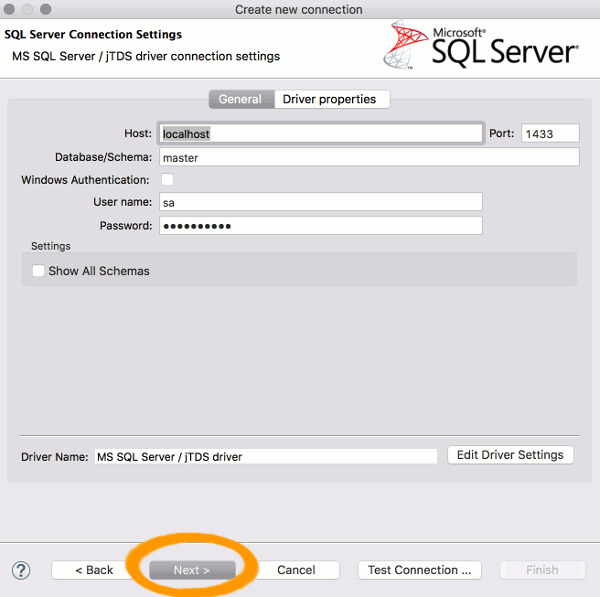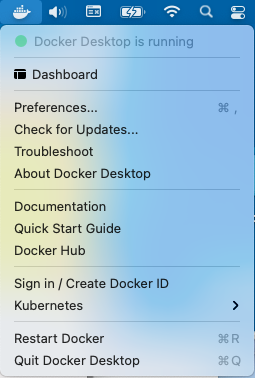
- How to creat sql server on mac for mac#
- How to creat sql server on mac install#
- How to creat sql server on mac driver#
As of this writing, it is /mssql/server:2019-latest. Go to the Microsoft SQL Server Image page at Docker Hub to check the latest version of the SQL Server available to pull. On pressing the icon, it will show the menu, and you can see the status Docker Desktop is running at the top. The docker icon will be visible in the mac’s menu bar at top right.

To confirm, run the command docker version in Terminal.app and see the version details.
How to creat sql server on mac install#
When launching Docker for the first time, it will ask for privileged access to install its network helper tool.


Download and install docker desktop from.Hope this helps you avoid some headache and get to your data quicker.
How to creat sql server on mac driver#

How to creat sql server on mac for mac#
What’s the equivalent for Mac users in Active Directory orgs? I’m not aware of anything as easy as Windows Credentials Manager on macOS – you could try going into the terminal and using kinit to get a Kerberos ticket authenticating as your other userID/domain, but depending on the app you’re using, this may still get ignored in favour of your primary credentials (this was my experience e.g. If you have access to a Windows machine or VM in your org, you can stop reading here! Windows has a straightforward way to stay logged in as one user/domain while presenting different credentials depending on the service you’re connecting to: Credentials Manager. As orgs get better at integrating and sharing resources between teams, we increasingly have scenarios where you can’t just log out & in with another ID – rather you need to simultaneously connect to services in different domains, e.g. Why?Ī large organisation using Active Directory often uses a separate domain for each division of their organisation, and likely also separate domains for development and production resources & environments. I’ll describe a workaround for one such issue here. As Mac adoption increases, and with new developers starting their first job on Macs, some very niche issues – the sort that would affect less than 0.01% of the workforce, who were probably expert enough to deal with it – have become common problems affecting entire teams. Nowadays, MacBooks are becoming increasingly common in large orgs as an option for all staff. In the old days, the only place you’d find a Mac in a large organisation was in the design team – they’d be self-supported and incompatibility issues with the rest of the Windows org would be an unavoidable fact of life.


 0 kommentar(er)
0 kommentar(er)
